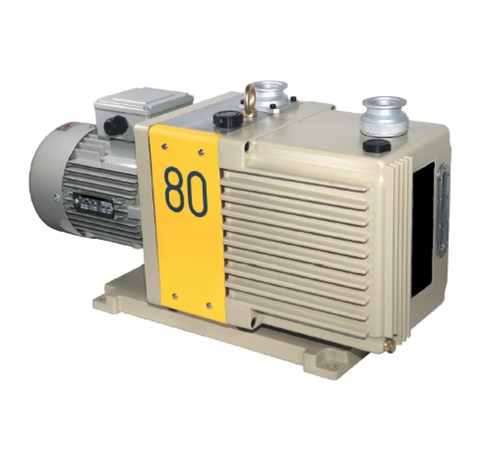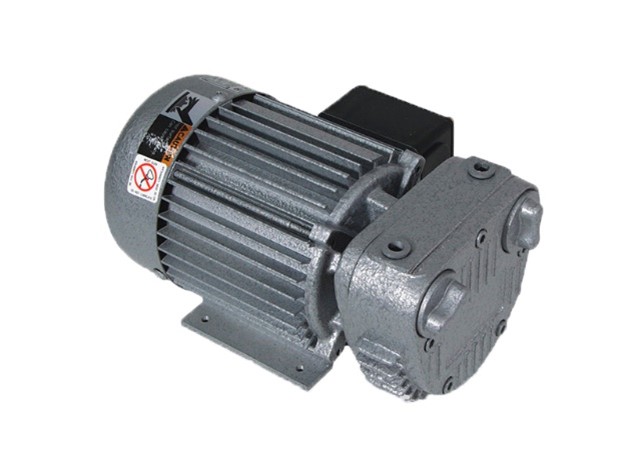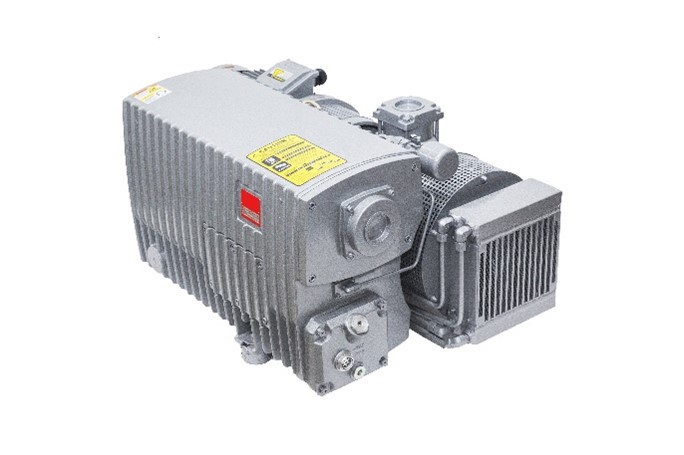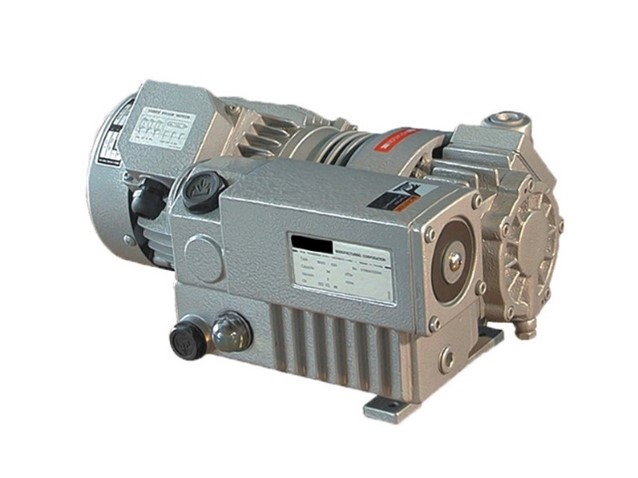Applications for Rotary Vane Vacuum Pumps
A rotary vane vacuum pump operates on the principle of positive displacement and volume manipulation. A cylindrical casing houses an eccentrically placed rotor which has slots for replaceable vanes. These vanes are pushed against the inner walls of the casing through various means including centrifugal force and springs. The process gas is introduced via the inlet into the spaces between the vanes. The rotor carries the process gas between the vanes to the discharge port and the eccentric placement of the rotor causes said space to fluctuate in volume, impressing the effect of expansion and compression upon the process gas. The positive displacement and volume manipulation causes a pressure differential which is significant enough to create vacuum. In oil-circulated rotary vane vacuum pumps, the space between the vane and inner casing walls is thoroughly sealed and lubricated, as well as the slots spaces where the vanes fit. This creates a tighter seal, which translates into medium vacuum capabilities. The downside is the potential for process contamination due to the lubricative oil, for which various filtration elements are required. A dry-running rotary vane vacuum pump utilizes self-lubricating carbon-based vanes such as graphite vanes to aid in the lubrication of the vanes. This does not have the same effect as lubricative oils, making the dry-running rotary vane vacuum pump suited for rough vacuum applications. However, there is zero risk of process contamination and no requirement for post-processing filtration elements, making it perfect for clean processes.




